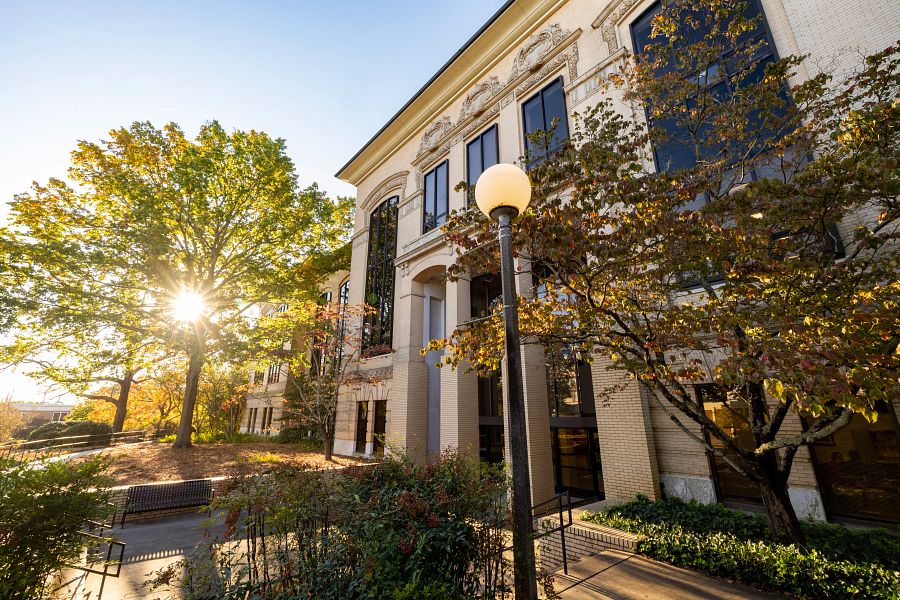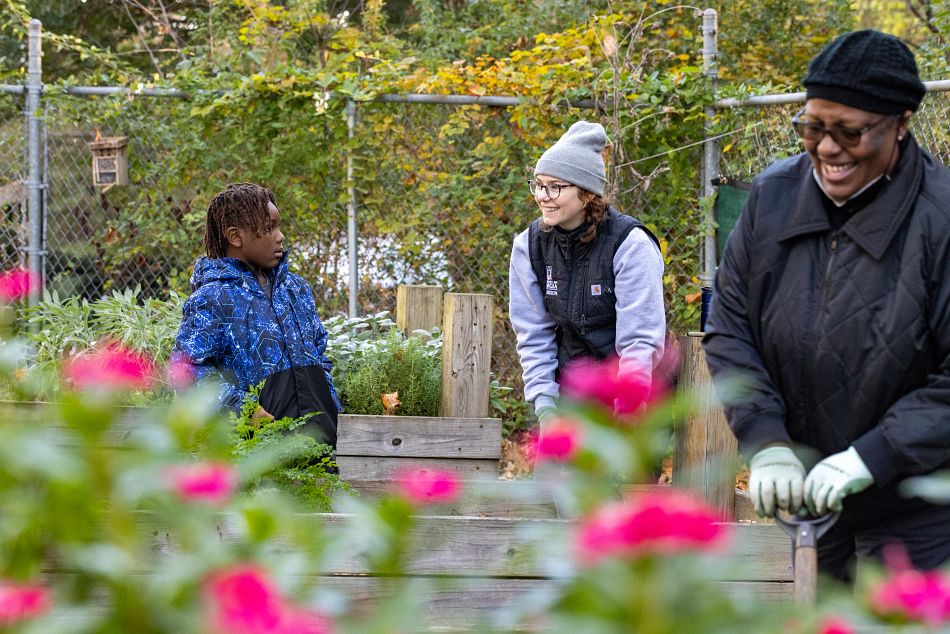For watermelon seedlings, the narrow black strips across Georgia farm fields are the fast lanes to holiday produce markets.
"If everything goes well, we'll be cutting fruit in 70 to 75 days," said Oren Childers as he looked over some of his 200 acres of melons. "If we didn't have the black plastic, it would take 85 to 90 days."
Acres of melons on plastic
Childers farms in Crisp County, where farmers plant more watermelons than any other Georgia county. On as much as 3,500 of the 5,000 acres of melons there, growers plant their sweet crop in rows covered by black plastic.
"Most of our farmers have gone to growing watermelons on plastic," said Ken Lewis, a Crisp County agent with the University of Georgia Extension Service. "The benefits of the plastic are tremendous, and it has become extremely popular."
Statewide, Georgia farmers plant about 60 percent of their 35,000 watermelon acres using black plastic. The main reason they do, Childers said, is to speed up the growing process.
J. Courson, UGA
CAES |
| GEORGIA WATERMELONS get a humble start as tender transplants. A special planting rig travels along the row, poking holes into the plastic and inserting a fertilizer mixture. |
J. Courson, UGA
CAES |
| PLANTS GO INTO THE HOLES by hand to ensure they are planted correctly and at the right depth. |
J. Courson, UGA
CAES |
| OFF TO A GOOD START, these young plants will have watermelons ready to harvest in 70 to 75 days. The plastic helps farmers get melons to market in time for the July 4th holiday season. |
Holiday market window
"We have a small market window we're shooting for," Childers said. "We want to get our melons to market from about the 10th of June to the first of July."
The key is to get the melons to market on or before the Fourth of July holiday, he said. As a rule, the demand for watermelons falls off so sharply after the holiday that prices drop dramatically.
Plastic helps nurture plants
If they just plant earlier to meet the market, growers face greater risks of lethal late frosts and other early-season perils.
The black plastic draws the sun's warmth into the soil while conserving moisture, getting the tender seedlings off to a fast start.
Good for shoppers, too
In the Georgia melons' race to holiday picnic tables, shoppers are big winners, too.
"The black plastic enables us to enjoy high- quality watermelons grown here in Georgia earlier in the season," said Darbie Granberry, an Extension Service horticulturist with the UGA College of Agricultural and Environmental Sciences.
Getting higher prices for farmers, Granberry said, doesn't mean shoppers must pay more. Oddly enough, the growers' higher prices could mean the opposite for the people who buy them.
Supply and demand rules
"It's a supply-and-demand thing," Granberry said. "The demand is simply much higher before the Fourth of July. If a big supply isn't there, consumers may pay tremendously higher prices."
Using the plastic row covers, growers are able to provide much better supplies of early-market watermelons, he said. If anything, the higher supplies bring prices down.
Farmers must manage more carefully
Growers must pay $75 to $80 more per acre to cover the cost of the plastic and of laying it down and disposing of it at the end of the season. That may indirectly lead to better quality melons, too.
With a shorter growing season and more money invested, Granberry said, growers tend to manage their fields more intensely.
"They're trying to produce a quality product at reasonable prices," he said. "The plastic just helps them do that."









